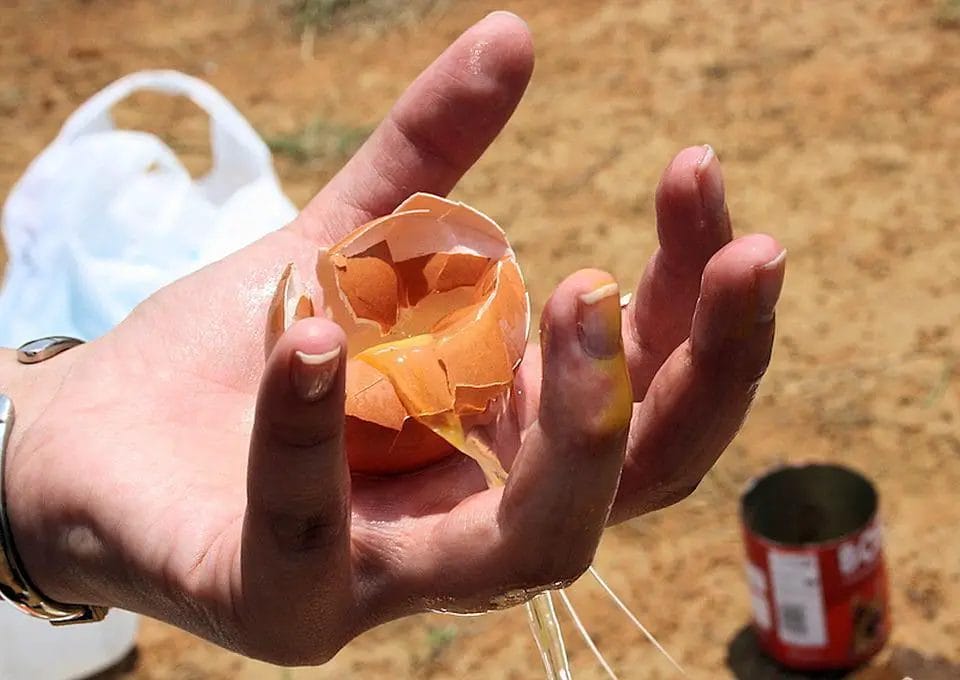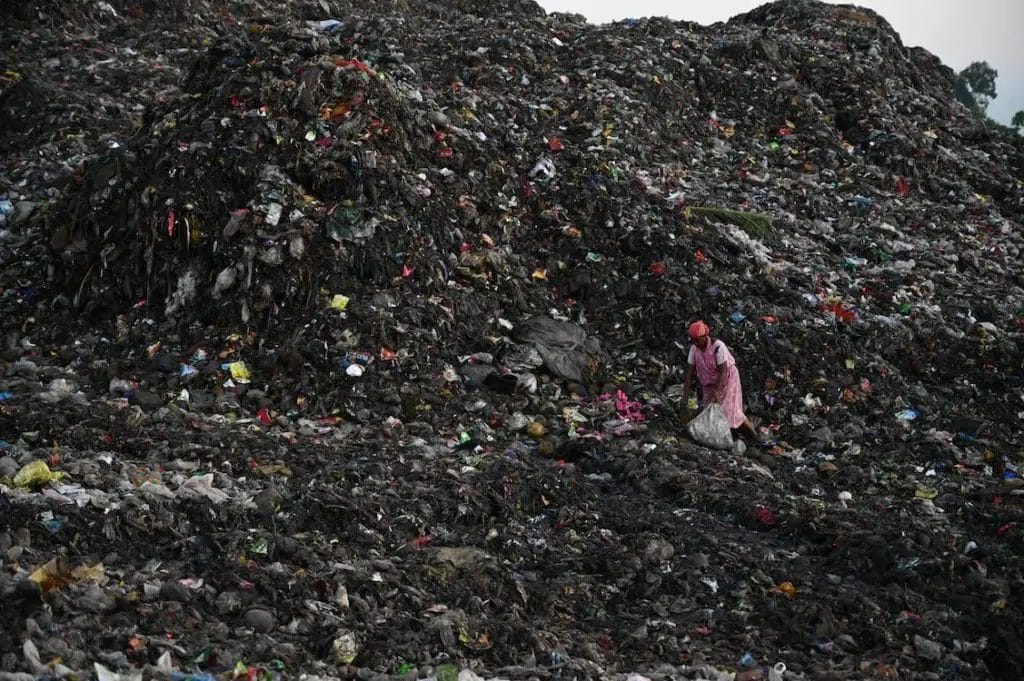Food wastage refers to the loss of edible food due to being discarded or uneaten. Food loss is not limited to the loss of that particular food; it also includes the resources that went into its production. The water, land, labor, fertilizers, and other resources, including fuel used for transport and electricity and other resources used for cleaning, processing, and packing.
To get an idea of how massive the food wastage problem in the world is, consider the UN report that says that nearly ½ of all fruits and vegetables produced worldwide go to waste each year. With 70% of the world’s water being used for agriculture, even a single carrot that goes bad in your house contributes to food wastage worldwide.
Effects of the Food Wastage Problem
The effects of global food wastage can be seen on:
1. Environment
Food that goes bad or is thrown away ends up filling landfills. That decomposed food releases methane gas, a proven greenhouse gas that hurts the environment and is one of the most significant contributors to global warming. Food waste comprises 24% of the solid waste in US landfills.
2. Economy
Food wastage sets back the economy by $1.2 trillion each year. In the USA alone, the annual food loss costs around $218 billion or 1.3% of the GDP.
3. Society
It is a horrible realization that so much food goes to waste when more than 870 million people worldwide continue to live in hunger.
Food loss and wastage levels reach up to 40% of the total food production in many countries. This issue can be resolved by educating the masses regarding how they are contributing to the global food wastage problem.
The Boston Consulting Group estimates that if the food waste rate stays the same, we will be throwing away 2.1 billion tons or $1.5 trillion worth of food in 8 years. (2030)

Food Wastage on a Micro Level
A layperson contributes to food loss in any of these ways:
- Overbuying due to poor planning before grocery shopping
- Leaving the ‘Ugly’ produce to go bad because no one wants to eat it
- Low understanding of food labels and expiry and best before dates
- Incorrect storage leading to the decreased shelf life of products
- Throwing away less-likable parts of products
- Not using the refrigerator or freezer
Food Wastage Around the World
1. United States of America
All over the US, 30% of the food produced (worth $48.3 billion) gets thrown away yearly. This food wastage also includes an estimated half of the water used for its production. The farm-level losses are around 15 to 35% (differs per industry). Loss in the retail sector accounts for about 26%, and the minimal recorded loss occurs at the supermarkets: 1%. Combined, all these losses add up to more than $100 billion yearly.
The food loss and wastage in Latin America alone can feed more than 300 million people.
2. Europe
The houses in the UK waste around 6.7 million tons out of the 21.7 million tons of purchased food. Almost one-third of the total purchased food goes to waste. In other words, nearly 32% of the entire food purchased each year remains uneaten. Local authorities collect approximately 88% of this 32% of wasted food. 61% of the food wastage is avoidable and can be put to actual use. The food loss and wastage in Europe can feed an estimated 200 million people.
3. Australia
Australians throw away or waste $10.5 billion worth of food items each year. Through proper planning, much of this food can be better used to feed the hungry and homeless.
4. Africa
Africa struggles with poor infrastructure, insufficient storage, and a lack of tools for efficient food processing. On-farm and post-harvest losses surmount an estimated $ 4 billion annually. That food can feed a minimum of 48 million people around the world.
This is not just limited to African-Sahara; in most African countries, 25% of the total harvest goes to waste. Foods such as vegetables, fruits, and other root crops can face up to 50% loss due to spoilage and poor storage facilities.
The dairy sector in East Africa loses up to $90 million worth of food each year due to spoilage. Kenya alone faces the loss of $22.4 million worth of milk (95 million liters) annually.
Tanzania loses 59.5 million liters of milk each year, which accumulates to more than 20.5% of annual dairy production. The economic losses faced by Uganda over milk wastage are worth $23 million/year, and 27% of the total milk produced gets spoiled.
According to FAO, the current food loss in Africa can feed 350 million people.
5. Asia
China faces an annual wastage of 50 million tons of grain, which equals about one-tenth of the total annual yield. This wasted grain is sufficient to feed more than 200 million people.
According to the Food Corporation of India, cereals and oilseeds face about 10 to 12% losses. This loss can be further broken down into 23 million tons of food cereals, 21 million tons of vegetables, and 12 million tons of fruits. The Ministry of Food Processing has estimated the total cost of wasted food to be around $3.7 billion yearly!

Last Thoughts
Our world is struggling with a massive food wastage problem. Nearly ⅓ of the total produced food gets wasted each year. That is 1.3 billion tons of wasted food each year. Industrialized countries face food wastage problems worth $ 680 billion while developing countries lose $ 310 billion worth of food each year. Fruits and vegetables have the highest food wastage rate (40 to 50%), whereas cereals and fish face 30%, and meat and dairy account for 20% wastage.
According to global research, food consumers from rich countries waste nearly as much food as the net food production of the African Sahara. (222 million tons compared to 230 million tons). Consumers from North America and Europe waste between 95 to 115 kg of food each year, while the food wastage from Asian and African consumers is 6 to 11 kgs each year.
Food wastage leads to a significant dissipation of natural and man-made resources, including land, water, energy, capital, and labor. It results in needless production of greenhouse gasses, contributing to climate change and global warming.
Even if we were to save one-fourth of the total food loss, 870 million hungry people could be fed healthy meals for a year.
For the countries where food waste and loss occur due to managerial, financial, and technical restrictions along with a lack of storage facilities, support can be provided in terms of better investments in transportation and infrastructure development along with a massive expansion of the food packaging industry.
In affluent and developed countries, it is the consumer who is primarily responsible for the majority of food losses and wastage. There, increased awareness among retailers, consumers, and industries can help design a supply chain that finds a better use of thrown-away food to visibly decrease food wastage problems.







